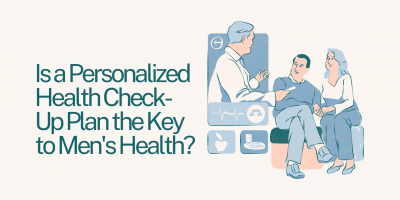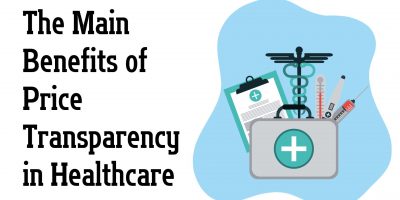
GoMo Health: Recovery Pathways: Workplace Program
Substance use disorders impact 9% of the adult population. To address this challenge, GoMo Health has launched the “Recovery Pathways: Workplace” program, becoming one of the first to be nationally certified as a recovery-friendly workplace.




